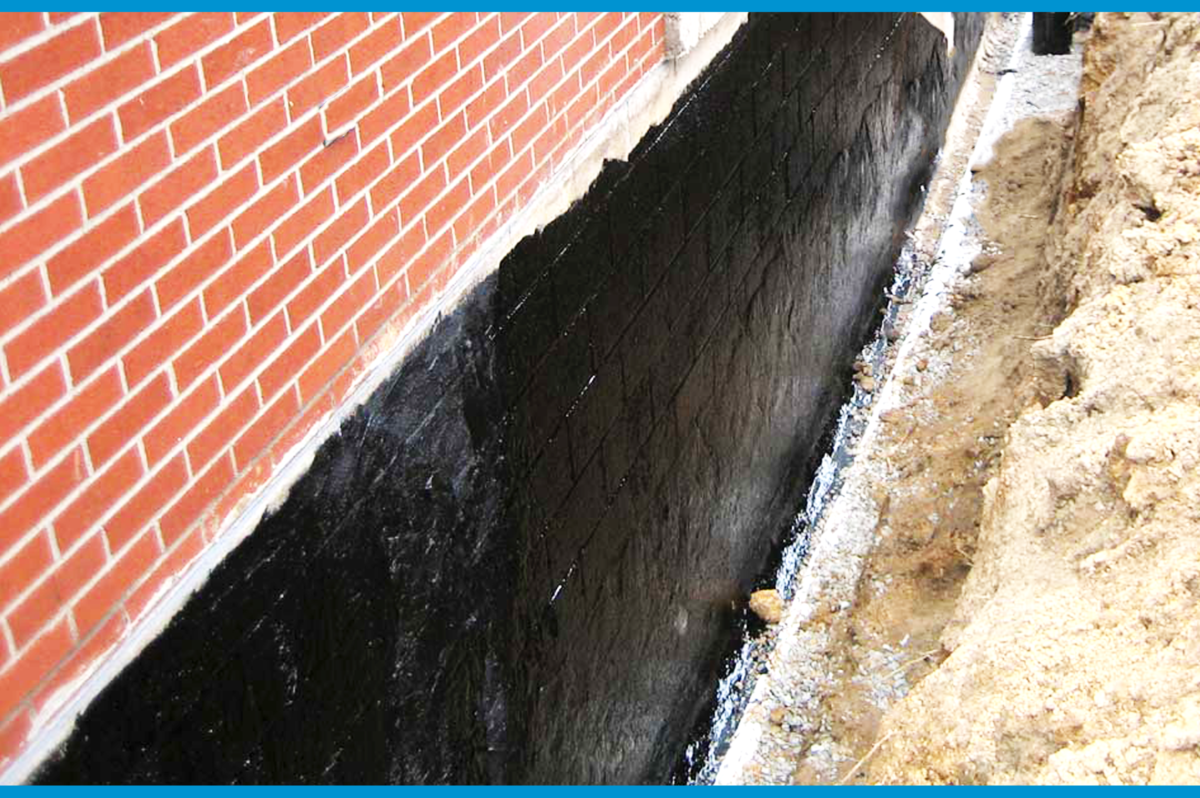Waterproofing Misconceptions Dispelled: Everything You Need to Know
Waterproofing is a key aspect of maintaining the integrity of every home or building. Regardless of its significance, many myths surround this necessary practice, leading to misunderstandings about its necessity and effectiveness. As a homeowner or property manager, it's vital to separate fact from myth to ensure that your investment is protected from water damage. Ignoring waterproofing can result in significant financial losses and compromise the safety and comfort of your living or working space.
In this article, we will dispel common waterproofing myths and provide you with the knowledge you need to make informed decisions for your property. From understanding why waterproofing is essential to learning about the various techniques available, we will examine everything you should know to keep your home safe and dry. Get ready to discover how proper waterproofing can save you a lot in repairs and prolong the lifespan of your property.
Value of Waterproof Solutions
Waterproofing is a vital aspect of maintaining the soundness and longevity of any home or construction. It protects properties from water damage, which can lead to costly fixes and a decline in home value. By adopting efficient waterproofing measures, homeowners and builders can stop moisture intrusion that often results in mold, wood rot, and foundation issues. This preventive approach not only protects the actual structure but also contributes to a better residential space.
Overlooking waterproofing can cause substantial financial consequences. Water damage is one of the primary causes of insurance claims, and the costs associated with fixes can quickly increase. From fixing leaks to replacing damaged flooring and wall structures, the costs can be considerable. Putting resources in effective waterproofing measures in advance is a prudent choice to save thousands in future repairs, ultimately upholding the worth of the property investment in your home.
Additionally, waterproofing is essential for energy savings in buildings. When water breaches the structure, it can lead to elevated humidity and variations in temperature, causing heating and cooling systems to become overworked. Properly waterproofed spaces provide consistent temperatures, which can lower energy expenses and boost comfort levels. This element of waterproofing also boosts the building's functionality but also advocates for green initiatives by minimizing power consumption.
Widespread Waterproofing Misconceptions
One common misconception about waterproofing is that it is solely needed for properties in flood-affected areas. Many residents believe that if their house is not a marked flood zone, they can forgo waterproofing measures. However, water intrusion can occur in all locations due to intense rains, plumbing problems, or shifts in the environment. Ignoring waterproofing raises the risk of mold, building damage, and financially burdensome repairs, making it essential for every home and building, irrespective of its location.
Another misconception is that the waterproofing process is a one-time fix. Many people think that once they have used waterproofing materials, their home will be safe from water damage indefinitely. This is far from the fact, as waterproofing systems can break down over time due to wear and tear, exposure to harsh conditions, and other environmental factors. Routine inspections and maintenance are crucial to ensure the performance of waterproofing measures and to address any possible issues before they worsen.
Lastly, there’s a idea that DIY waterproofing is just as effective as hiring a professional. While there are numerous products available for DIYers to deal with waterproofing on their own terms, the fact is that getting the best results often requires specialized knowledge and expertise. Professional waterproofing contractors are equipped with specialized techniques and materials that can provide a superior level of protection and longevity, ultimately saving property owners time, effort, and money in the end.

Practical Waterproofing Solutions Strategies
When it comes to effective waterproofing, a combination of approaches adapted to your property’s individual needs is important. Interior waterproofing solutions, like putting in drainage systems and utilizing sealants on foundation walls, can effectively handle moisture that leaks in from the exterior. This is particularly important for basements, where rising humidity can cause mold and structural damage. Employing sump pumps can also aid to channel water away from foundations in areas prone to flooding.
Outdoor waterproofing, on the other hand, concentrates on preventing water from penetrating your building at all. wet basement Toronto could include grading your landscape to guarantee proper drainage, installing waterproof membranes on foundational walls, and making sure that gutters and downspouts are sufficiently directing rainwater away from your home. These proactive measures are imperative in shielding your property from water damage and sustaining its structural integrity.
For outdoor spaces, think about waterproofing your deck or patio with high-quality coatings that can withstand moisture. Opting for waterproofing solutions for balconies, terraces, and even swimming pools assists to prevent costly repairs in the future. Choosing the right products for these areas, alongside appropriate installation, optimizes their lifespan and functionality, securing that your investments remain protected from the elements.